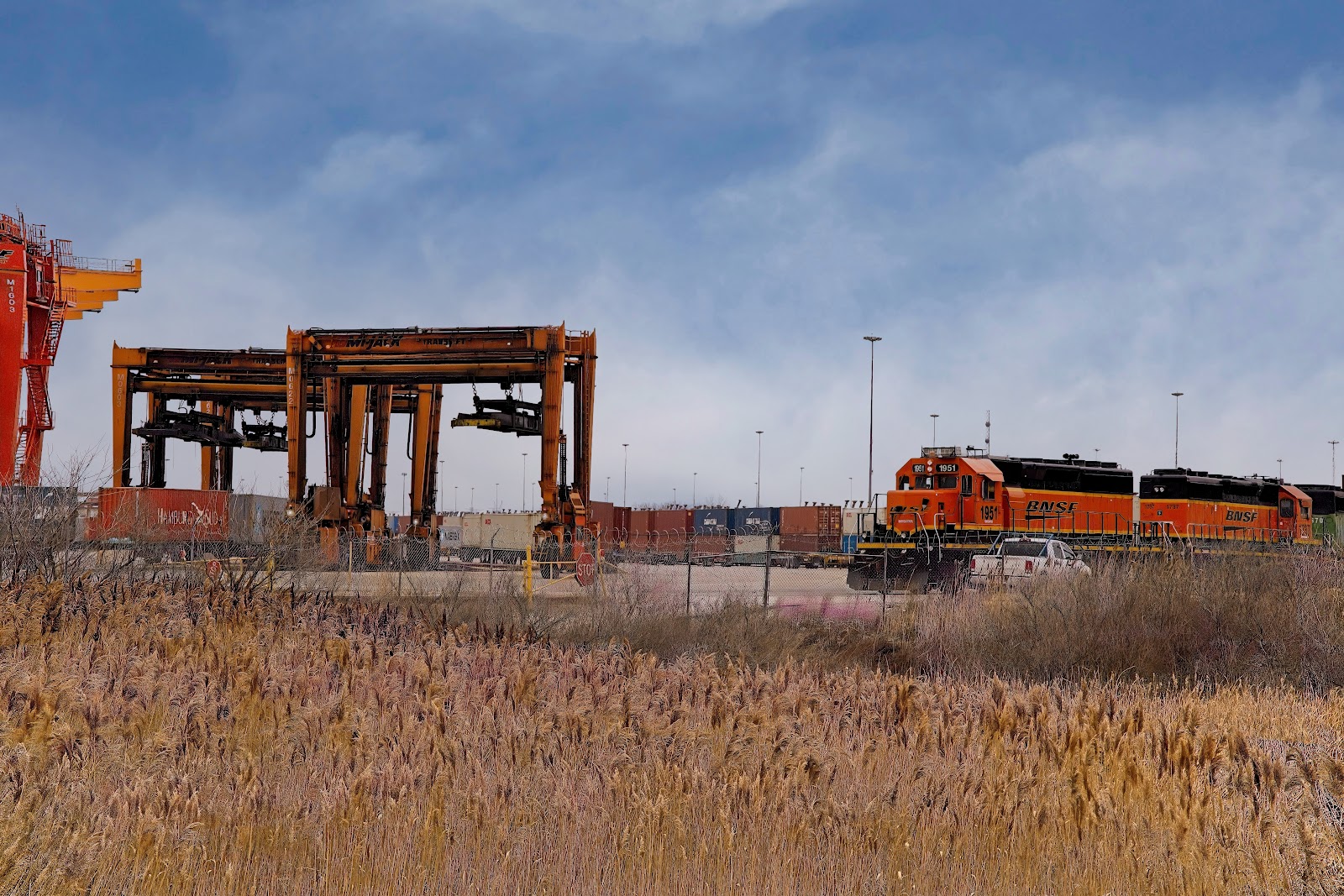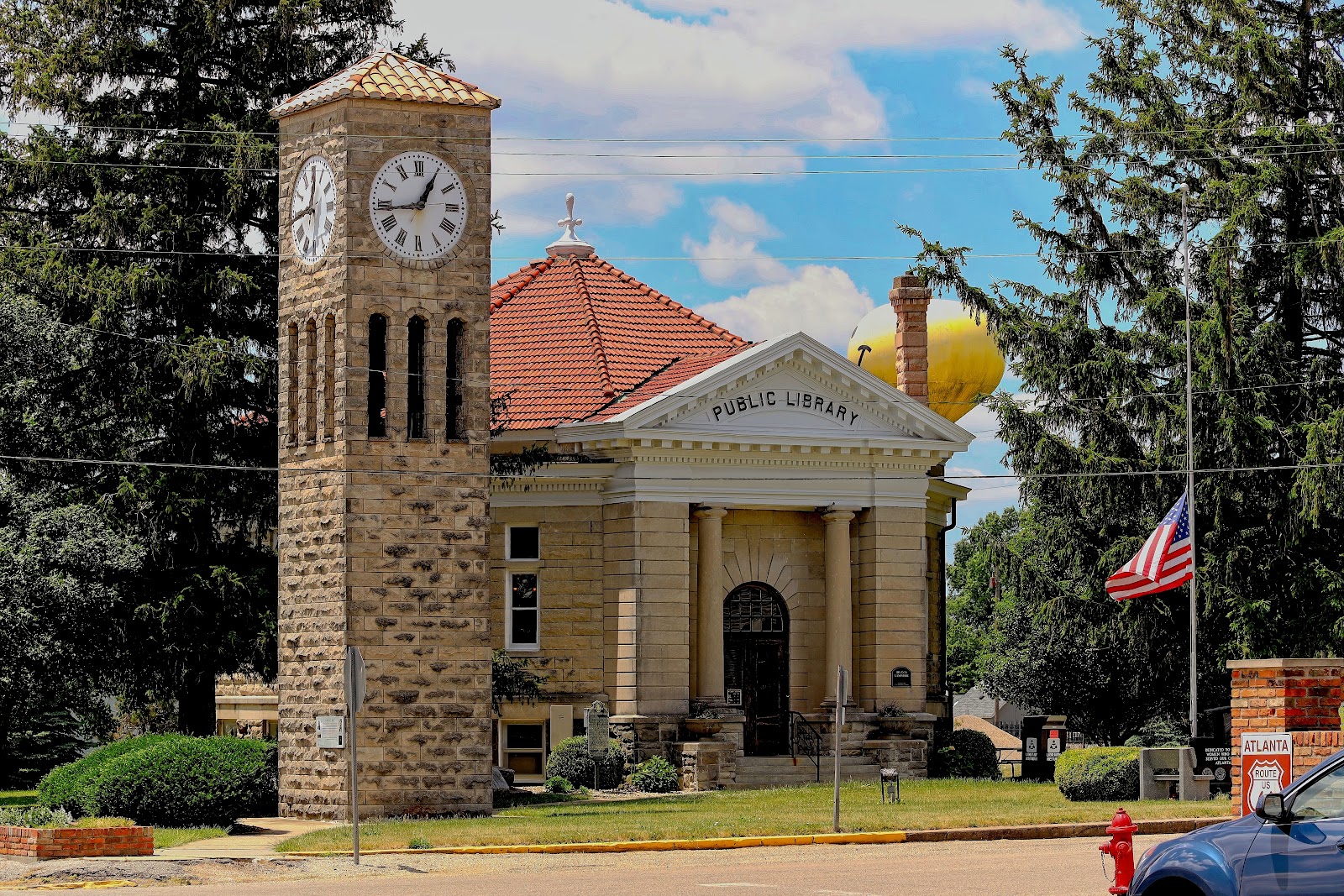Kael finds a clearing

In the heart of Central Illinois, where the prairie stretches wide under a sky heavy with dawn, a ring-necked pheasant named Kael stepped lightly through the tall grass. His iridescent feathers—emerald, ruby, and gold—caught the first light, shimmering like a secret only the morning knew. The bluestem and switchgrass towered over him, swaying in a breeze that carried the scent of damp earth and clover. Kael moved with purpose, his long tail brushing the dew from the stems. He’d woken early, driven by a restlessness he couldn’t name. The prairie was alive with whispers—crickets winding down their night songs, a meadowlark’s trill in the distance. He paused, tilting his head to listen. Somewhere beyond the grass, a tractor hummed, a reminder of the world that pressed in on his wild home. As he wove through the sea of green, Kael’s sharp eyes caught a flash of movement—a grasshopper, darting for cover. With a quick lunge, he snapped it up, its crunch satisfying. But food wasn’t his only...






